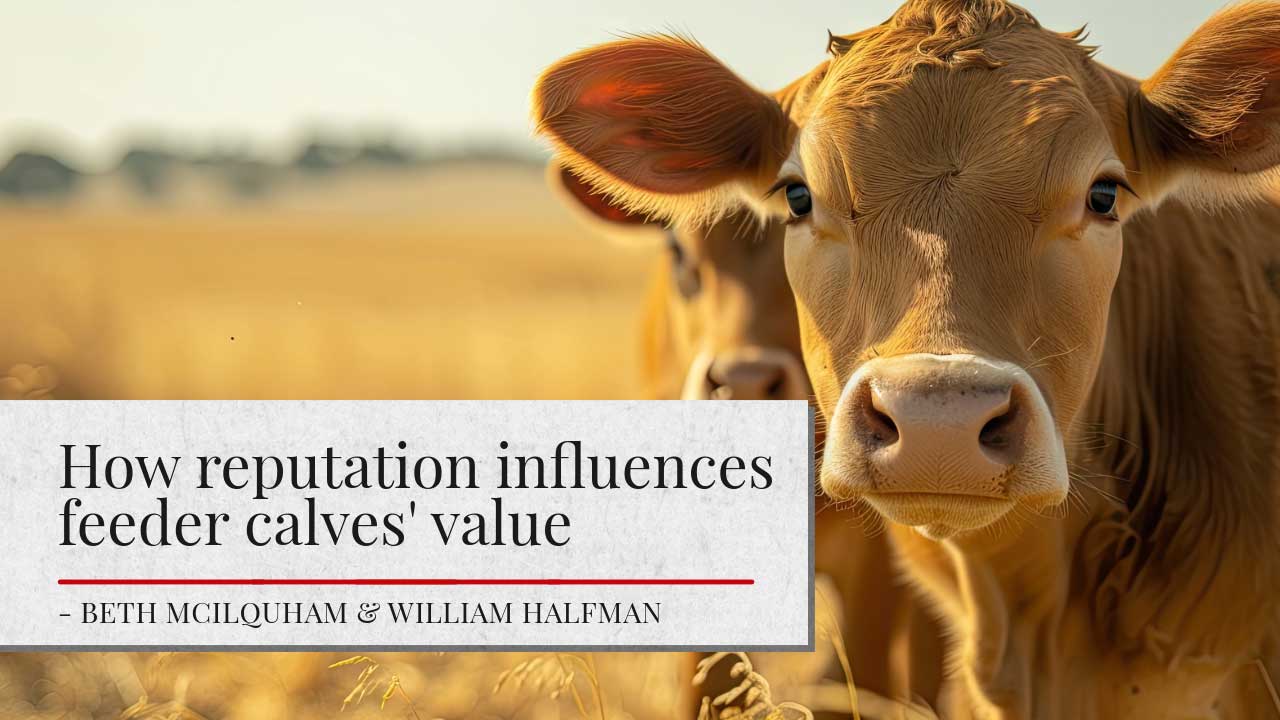
Article appeared or originally appeared in the September 2024 Wisconsin Cattlemen’s Cattle Trails Newsletter.
Introduction
Seller reputation is often included in discussions on traits that influence feeder calf prices. Yet, historically it has not had a value assigned to it as many other traits have. A common statement made is, “When your calves are up for sale, you want as many buyers as possible interested in them.” If you attend many feeder calf sales you have heard the auctioneer refer to some groups of feeder calves as “reputation calves,” implying that calves from this source consistently do well for the next owner. We must also remember that there is another kind of reputation that most of us prefer not to have.
To investigate the influence of seller reputation on feeder calf prices, a survey of feeder calf buyers was conducted as part of a research project by Oklahoma State in 2015. Forty-five buyers, who collectively purchased approximately 70,000 head of feeders per year, were asked how they would bid on a group of feeder calves based on a combination of two traits: seller reputation and preconditioning status. Additionally, three sub-categories were used to describe each of these two traits. Seller reputation was divided into three categories:
- Positive: you or someone you know has had satisfactory experience with cattle from this seller
- Negative: you or someone you know has had an unsatisfactory experience with cattle from this seller
- Unknown: you have no previous knowledge of this seller
Preconditioning status was divided into three categories:
- Certified: Calves have third-party verification that the bundle of preconditioning practices has been implemented
- Non-certified: Calves are marketed as preconditioned, but without verification
- None: Calves are marketed with no known preconditioning practices implemented beyond castration and dehorning
Note that preconditioning was defined as “those that have been castrated, dehorned, dewormed, vaccinated, weaned for at least 30 days, and feed bunk trained.”
Combinations of the two traits were used to help determine if premiums or discounts would be awarded to a group of calves for each combination of traits. In total, there were 9 combinations evaluated. Looking at the results, 64% of the buyers indicated that buyer reputation was a factor when determining what to bid on cattle. Participating buyers also indicated that reputation influenced what they were willing to bid for cattle sold through an auction and for cattle they purchased direct from the farm via private treaty.
Buyers tended to be risk averse and discount more for cattle from negative reputation consignors than pay premiums for cattle from positive reputation consignors. Twenty-five percent of buyers indicated they would not bid on cattle from sellers with negative reputations, regardless of preconditioning and certification status. Being inconsistent from year to year on weaning and preconditioning does not help develop and maintain a positive reputation.
For sellers with unknown reputations, two percent of the buyers indicated they would not bid even if third party verified preconditioned, and nine percent indicated they would not bid if not third party verified preconditioned.
Figure 1 shows how the buyers would bid on feeder cattle relative to base price for the nine combinations of reputation and preconditioning status in the survey.
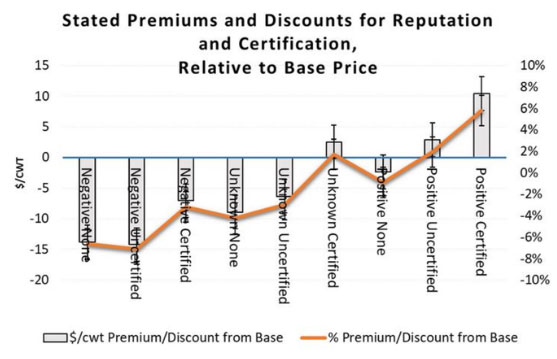
Source: Dr. Kellie Raper, Professor and Extension Specialist for Livestock Marketing, Oklahoma State University
Conclusion
Reputations influence what buyers are willing to bid for feeder calves. They are earned and subject to change based on how your animals perform over time. Building a positive reputation means producing cattle that buyers can count on to perform well year after year. Reputations are hard earned but can be easy to lose as well. Often, one slip-up can chase “would-be” buyers away.
Do you know what your reputation is, and what can you do to maintain or improve it?
References
Boline, Amy. Essays on beef calf management practices and the market value of seller reputation. MS thesis. Oklahoma State University, 2016.
Raper, Kellie. The Value of Reputation. Cow-Calf Corner. Oklahoma State University Extension, 2024.
Reviewers
Adam Hartfiel
Regional Educator
UW-Madison, Division of Extension
Kimberly Kester
Regional Educator
UW-Madison, Division of Extension
Ryan Sterry
Regional Educator
UW-Madison, Division of Extension
Authors
Beth McIlquham
Beth McIlquham is a Regional Livestock Educator serving Crawford, La Crosse, Richland, and Vernon counties. She works alongside producers to provide livestock-related programming aligned with the needs of the area.

William Halfman
Beef Outreach Specialist – Bill’s educational programming has focused on beef cattle production and management, agronomic crops and soils production and management, small scale fresh market and bedding plant production, and specialty crop management.



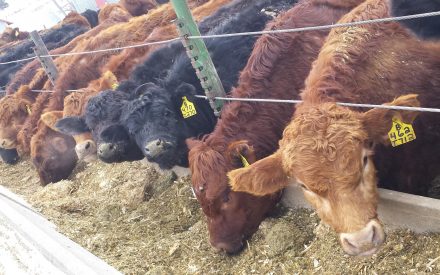 Preconditioning Calves: Establishing Your Reputation
Preconditioning Calves: Establishing Your Reputation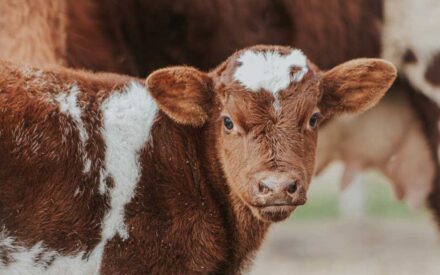 Calves born early in the calving season have more value
Calves born early in the calving season have more value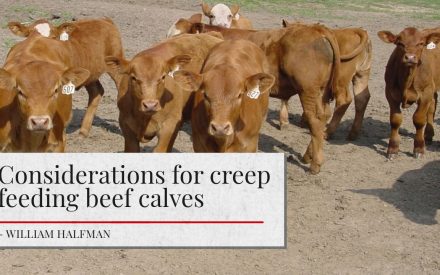 Considerations for creep feeding beef calves
Considerations for creep feeding beef calves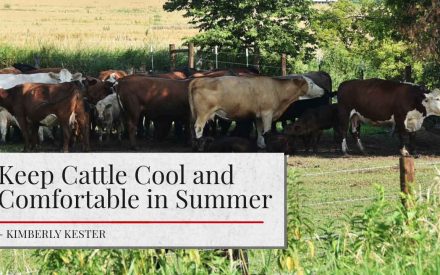 Keep Cattle Cool and Comfortable in Summer
Keep Cattle Cool and Comfortable in Summer


